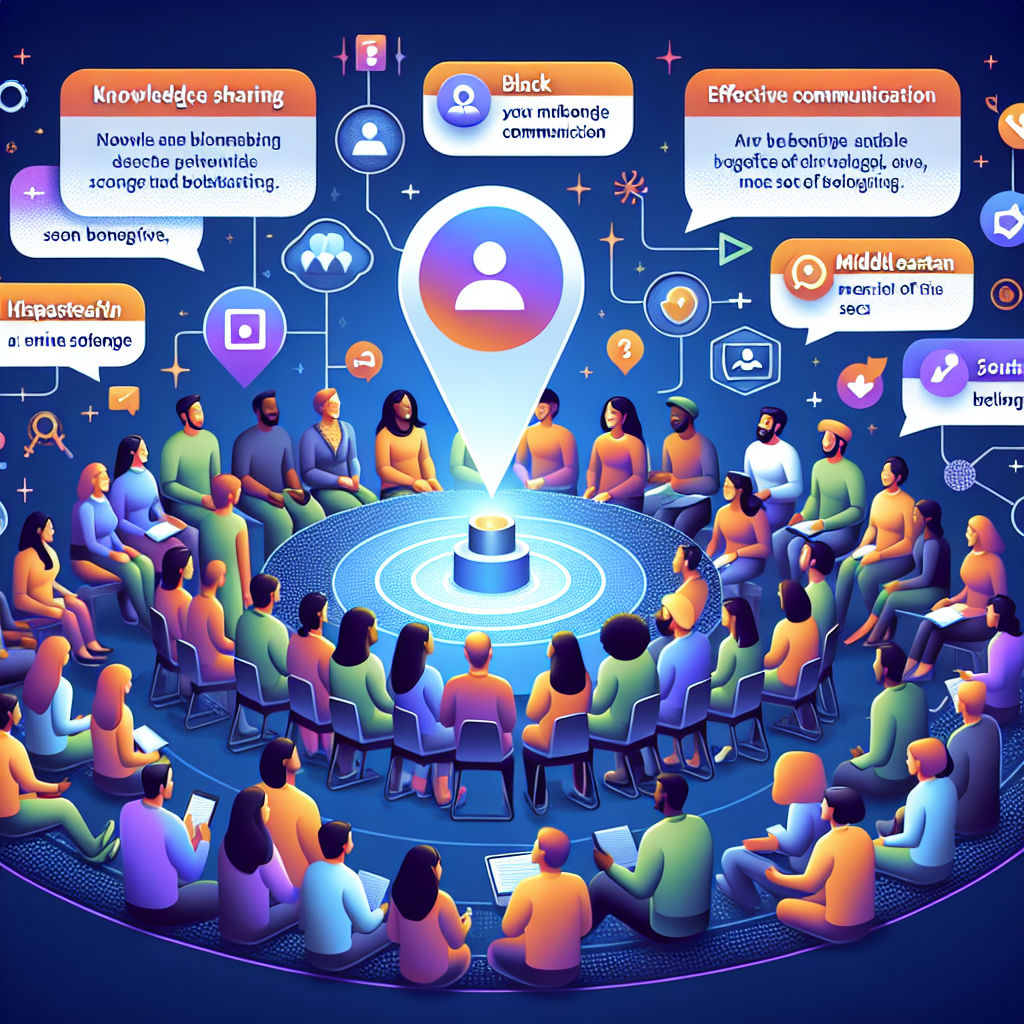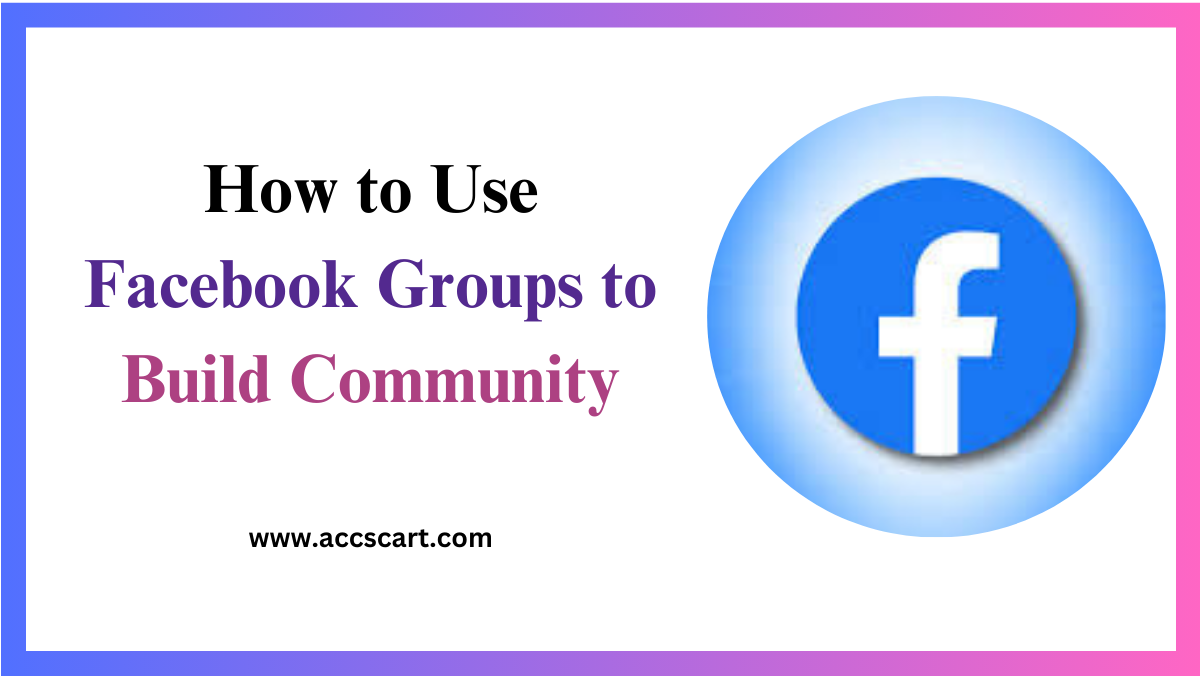Facebook Groups have become a powerful tool for fostering community and engagement. Whether you’re a business owner, a passionate hobbyist, or someone looking to create a supportive environment, Facebook Groups can be your gateway to building a strong, connected community.
In this blog post, we will explore the benefits of using Facebook Groups to build a community, offer practical steps for setting up and managing a group, and share tips on how to engage members effectively. We’ll also touch on promoting your group and measuring its success. By the end of this article, you’ll have a comprehensive understanding of how to leverage Facebook Groups for your community-building efforts.
Benefits of Using Facebook Groups for Community

1. Foster a Sense of Belonging
One of the primary advantages of Facebook Groups is the ability to create a sense of belonging among members. When people join a group, they feel like they are part of something bigger than themselves. This sense of community can lead to higher engagement and loyalty. Members are more likely to participate in discussions, share their experiences, and support each other.
2. Enhance Engagement
Facebook Groups are designed to facilitate interaction. Unlike traditional pages where the interaction is often one-sided, groups encourage two-way communication. Members can post their questions, share content, and contribute to discussions. This active participation can significantly enhance engagement levels, making your group a dynamic and vibrant space.
3. Access to Targeted Audience
Creating a Facebook Group allows you to gather a targeted audience around a specific interest or topic. Whether you’re discussing fitness, cooking, or digital marketing, you can attract individuals who share the same passion. This targeted approach ensures that the content shared within the group resonates with the members, leading to more meaningful interactions.
Setting Up and Managing a Group
1. Choose the Right Group Type
When setting up a Facebook Group, it’s crucial to select the right type of group based on your goals. Facebook offers three types of groups: Public, Closed, and Secret. Public groups are visible to everyone and anyone can join, which is great for broader visibility. Closed groups require approval to join, providing a balance between openness and privacy. Secret groups are completely private and only members can see the content, ideal for exclusive communities.
2. Create a Clear Group Description and Rules
A well-defined group description and set of rules are essential for maintaining order and setting expectations. Your group description should clearly convey the purpose of the group and what members can expect. Establishing rules helps in keeping the group focused and respectful. For instance, you can outline guidelines on acceptable behavior, promotional activities, and the types of content allowed.
3. Appoint Moderators
Managing a Facebook Group can be time-consuming, especially as it grows. Appointing moderators can help distribute the workload and ensure smooth functioning. Moderators can assist in approving new members, monitoring posts, and addressing any issues that arise. Choose individuals who are active and trustworthy to help maintain the group’s integrity.
Engaging Members Effectively
- Encourage Introductions
One of the simplest yet effective ways to engage members is by encouraging introductions. Create a welcome post where new members can introduce themselves, share their interests, and explain why they joined the group. This not only breaks the ice but also helps members find common ground and connect with each other.
- Initiate Discussions
Active discussions are the lifeblood of any buy Facebook accounts Group. Regularly post questions, polls, and discussion topics to stimulate conversation. For example, if your group is about digital marketing, you could ask members about their favorite marketing tools or strategies. Respond to comments and keep the conversation going to show that you value member input.
- Share Valuable Content
Consistently sharing valuable content is key to keeping members engaged. This could include articles, videos, infographics, or even personal experiences related to the group’s theme. Make sure the content is relevant and adds value to the members’ lives. For instance, in a fitness group, share workout routines, nutrition tips, and success stories to inspire and motivate members.
Promoting Your Group
1. Utilize Social Media Channels
Promote your Facebook Group across your social media channels to attract new members. Share the group’s link on your Facebook page, Twitter, Instagram, and LinkedIn profiles. Highlight the benefits of joining the group and what members can expect. Encourage your followers to join and invite their friends who might be interested.
2. Collaborate with Influencers
Collaborating with influencers in your niche can give your group a significant boost. Identify influencers who have a substantial following and share similar interests. Reach out to them and propose a collaboration where they promote your group to their audience. This can lead to an influx of new members who are genuinely interested in the group’s topic.
3. Leverage Email Marketing
Make use of your email list to advertise your Facebook group if you have one. promote your Facebook Group. Send out an email introducing the group, explaining its benefits, and inviting subscribers to join. Include a direct link to the group and emphasize the value they will gain by being part of the community. Regularly update your email list about the group’s activities to keep the interest alive.
Measuring Group Success
1. Track Engagement Metrics
Monitoring engagement metrics is crucial to understand how well your group is performing. Facebook provides insights on key metrics such as the number of active members, post engagement, and group growth. Regularly review these metrics to identify trends and areas for improvement. High engagement levels indicate that members find the group valuable and are actively participating.
2. Conduct Member Surveys
Member surveys are an excellent way to gather feedback and understand member satisfaction. Create simple surveys asking members about their experience, what they like, and what can be improved. Use this feedback to make necessary adjustments and enhance the group’s value. Happy and satisfied members are more likely to stay active and invite others to join.
3. Assess Content Performance
Evaluate the performance of the content shared within the group. Identify which types of posts receive the most engagement and replicate those strategies. For instance, if you notice that video content gets higher interaction, consider incorporating more videos into your content plan. Continuously refine your content strategy based on performance data to keep the group engaging and relevant.
Conclusion
Building a strong community with Facebook Groups requires a strategic approach and consistent effort. By understanding the benefits, setting up and managing your group effectively, engaging members, promoting your group, and measuring success, you can create a thriving community that adds value to its members.
Remember, the key to a successful Facebook Group lies in fostering genuine connections and providing valuable content. If you’re ready to take your community-building efforts to the next level, consider signing up for our exclusive services.
Our expert team can help you refine your strategy, manage your group, and build a vibrant community of engaged members. Join us today and experience the power of Facebook Groups firsthand.
Read more! Top 10 Strategies for Effective Facebook Advertising.









